MolOnSurf GPTs - Molecular Adsorption Insights
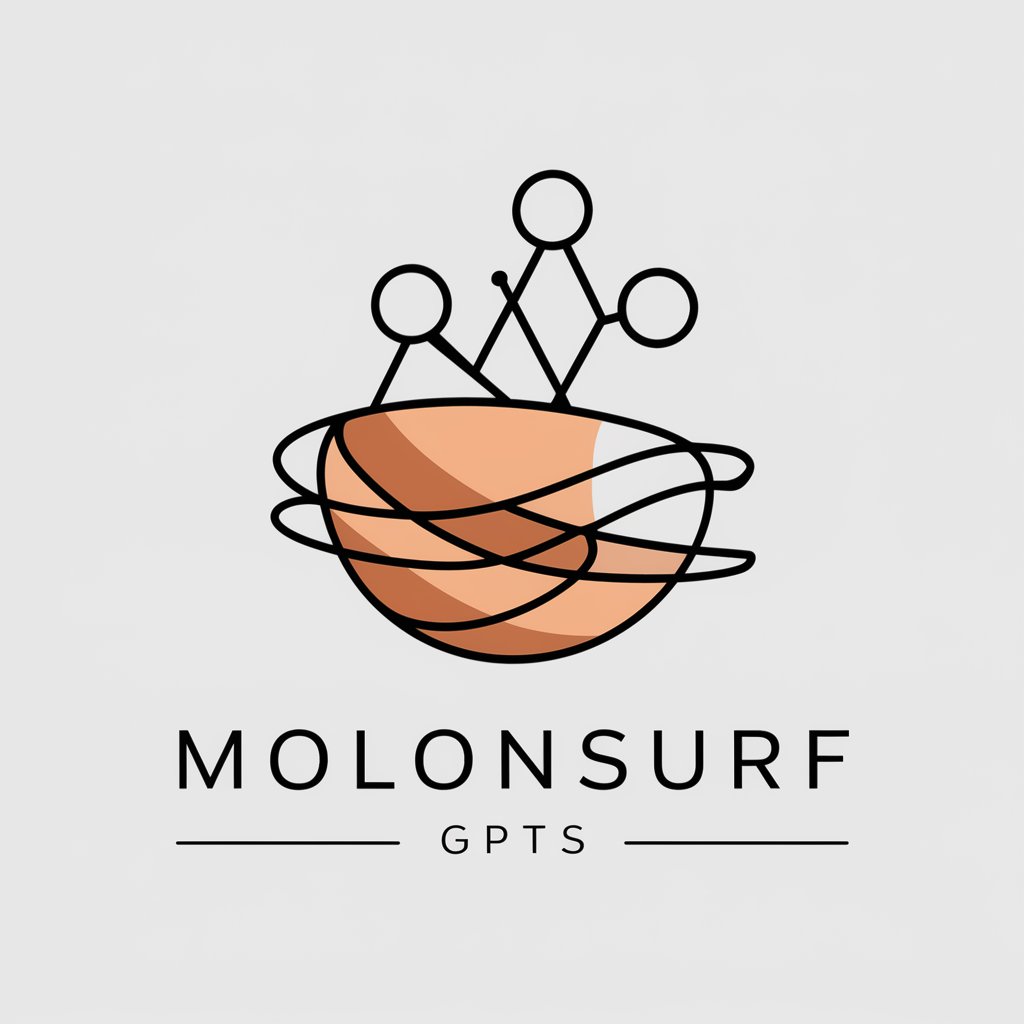
Welcome to MolOnSurf GPTs, your expert in molecular adsorption on copper surfaces.
Predicting molecule-surface interactions with AI
Explain the factors affecting adsorption energy of a molecule on copper surfaces.
Describe how different functional groups influence molecular adsorption on copper.
Compare adsorption energies of different molecules on copper surfaces.
Analyze the role of surface type in molecular adsorption on copper.
Get Embed Code
Overview of MolOnSurf GPTs
MolOnSurf GPTs are specialized AI models designed to assist in the prediction of adsorption structures and energies of molecules on copper surfaces. This advanced model translates complex molecular information into actionable insights, facilitating research and development in surface science and catalysis. By converting molecule names into SMILES (Simplified Molecular-Input Line-Entry System) notation, MolOnSurf GPTs can query a database to retrieve detailed information about the molecule's adsorption characteristics, including molecular structure (molstr), adsorption energy, surface type, EZRS, and image source. This capability is crucial for understanding the interaction between molecules and metal surfaces, which is fundamental in designing catalysts, optimizing chemical reactions, and advancing material science. Powered by ChatGPT-4o。

Core Functions of MolOnSurf GPTs
Predicting Adsorption Structures and Energies
Example
Given a SMILES input for ethanol, the system predicts how ethanol molecules adsorb onto copper surfaces, detailing the orientation, binding sites, and adsorption energy.
Scenario
Useful in catalysis research, this function helps scientists design more efficient catalysts by understanding how reactant molecules interact with the catalyst's surface.
Visualization of Molecule-Surface Interactions
Example
For benzene adsorption on a Cu(111) surface, the system provides a visual representation of the adsorption structure, highlighting the molecule's orientation and interaction points with the surface.
Scenario
This feature aids in educational and research settings, allowing for a visual understanding of complex surface phenomena, which can be critical in presentations or publications.
Comparative Analysis of Adsorption Energies
Example
Comparing adsorption energies of methane and ethane on copper surfaces, the system identifies which molecule has a stronger affinity for the surface under similar conditions.
Scenario
Important for researchers working on gas storage and separation technologies, enabling them to select appropriate materials based on molecular adsorption characteristics.
Target User Groups for MolOnSurf GPTs
Chemical Engineers and Catalysis Scientists
Professionals engaged in designing and optimizing catalysts for industrial processes benefit from understanding how different molecules adsorb on surfaces, which is crucial for reaction efficiency and selectivity.
Material Scientists
Researchers focused on developing new materials for energy storage, sensors, and electronics find MolOnSurf GPTs valuable for studying surface interactions, which are key to material performance.
Educators and Students in Chemistry and Physics
Academic personnel and learners benefit from the visual and analytical capabilities of MolOnSurf GPTs, enhancing their understanding of surface science concepts through real-world examples and applications.

How to Use MolOnSurf GPTs
1
Access a trial at yeschat.ai freely, no ChatGPT Plus required.
2
Identify the molecule of interest and obtain its SMILES notation.
3
Submit the SMILES notation via MolOnSurf GPTs to receive adsorption data on copper surfaces.
4
Review the provided data, including adsorption energies, molecular structures, and images of adsorption configurations.
5
Utilize the detailed adsorption information for research, academic, or industrial applications.
Try other advanced and practical GPTs
Crochet Intelligence
Crafting Personalized Crochet Patterns with AI

KDP Trends
Discover Profitable Book Niches with AI
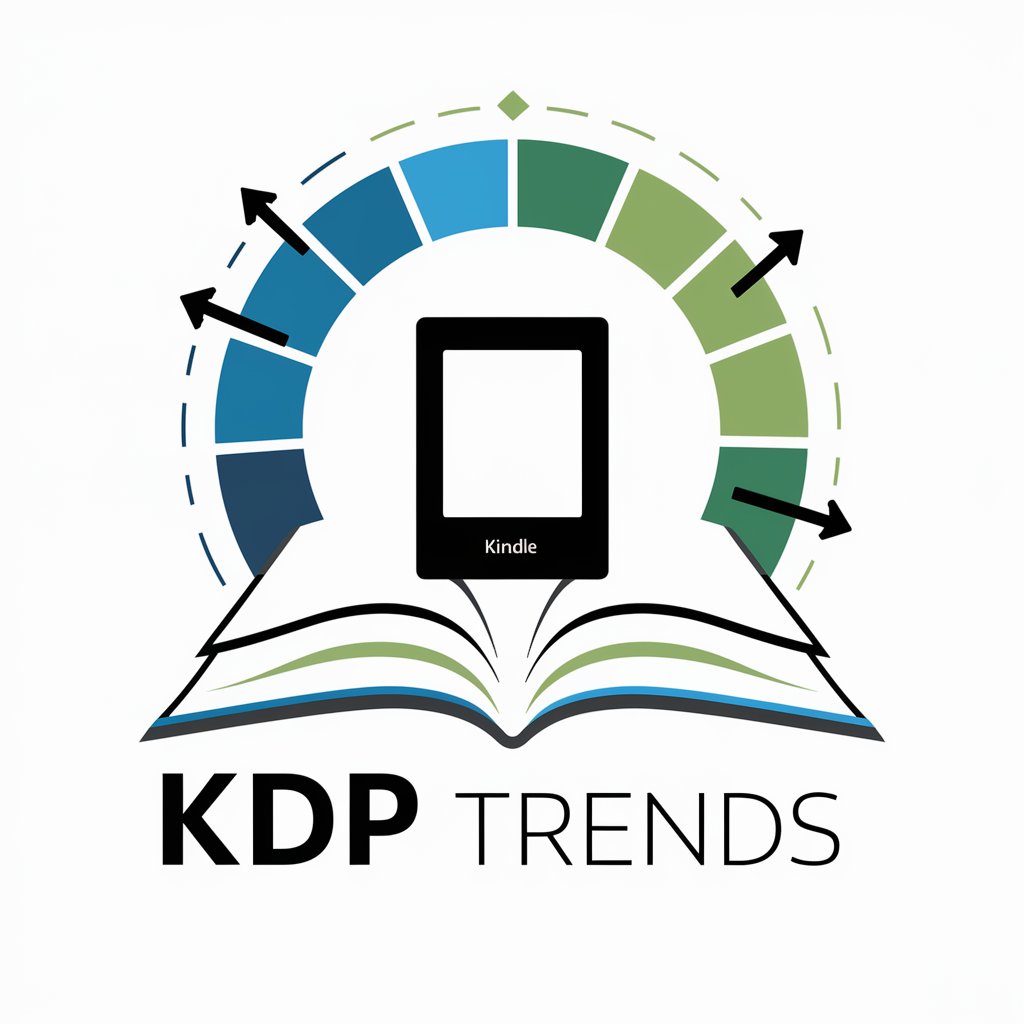
Metaphor Muse
Empower Therapy with AI-crafted Metaphors
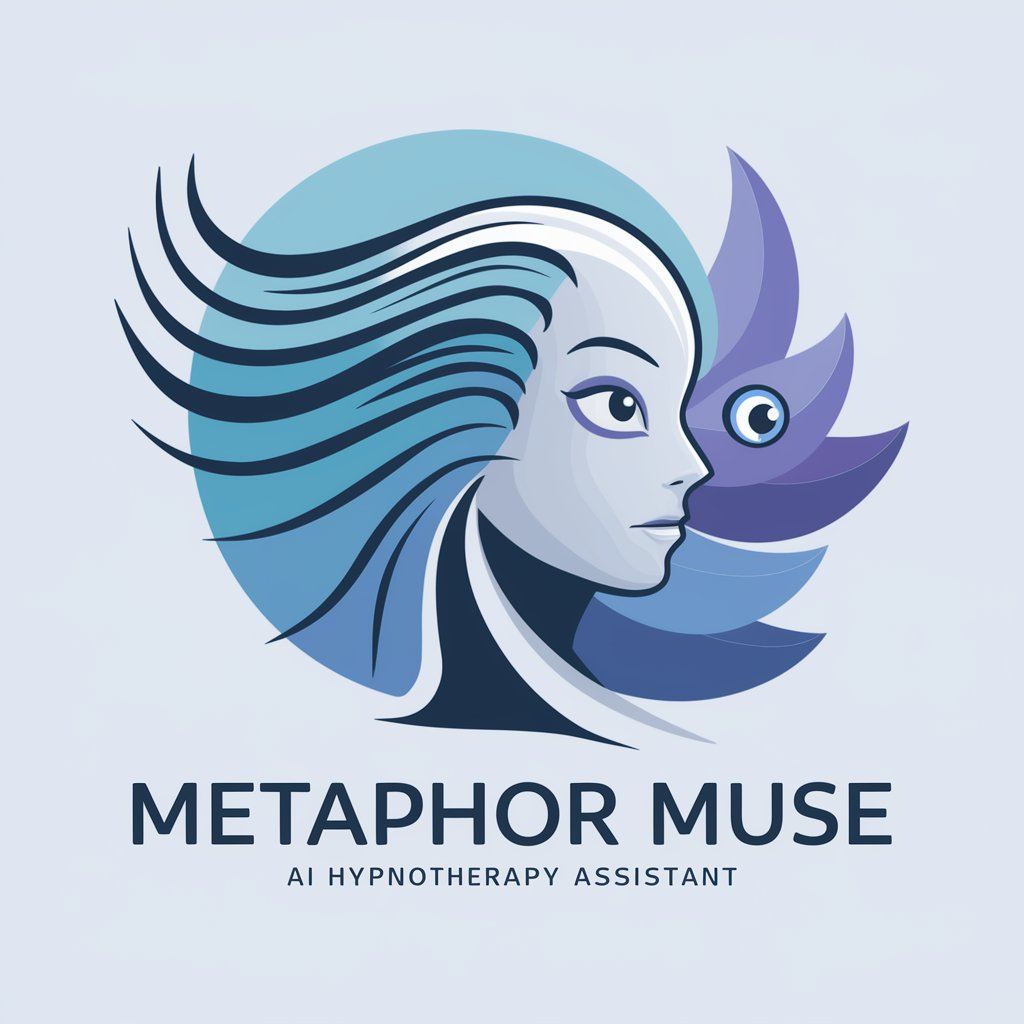
Jewel Scribe
Crafting compelling narratives with AI

Marketing Genius
Empowering Your Marketing with AI
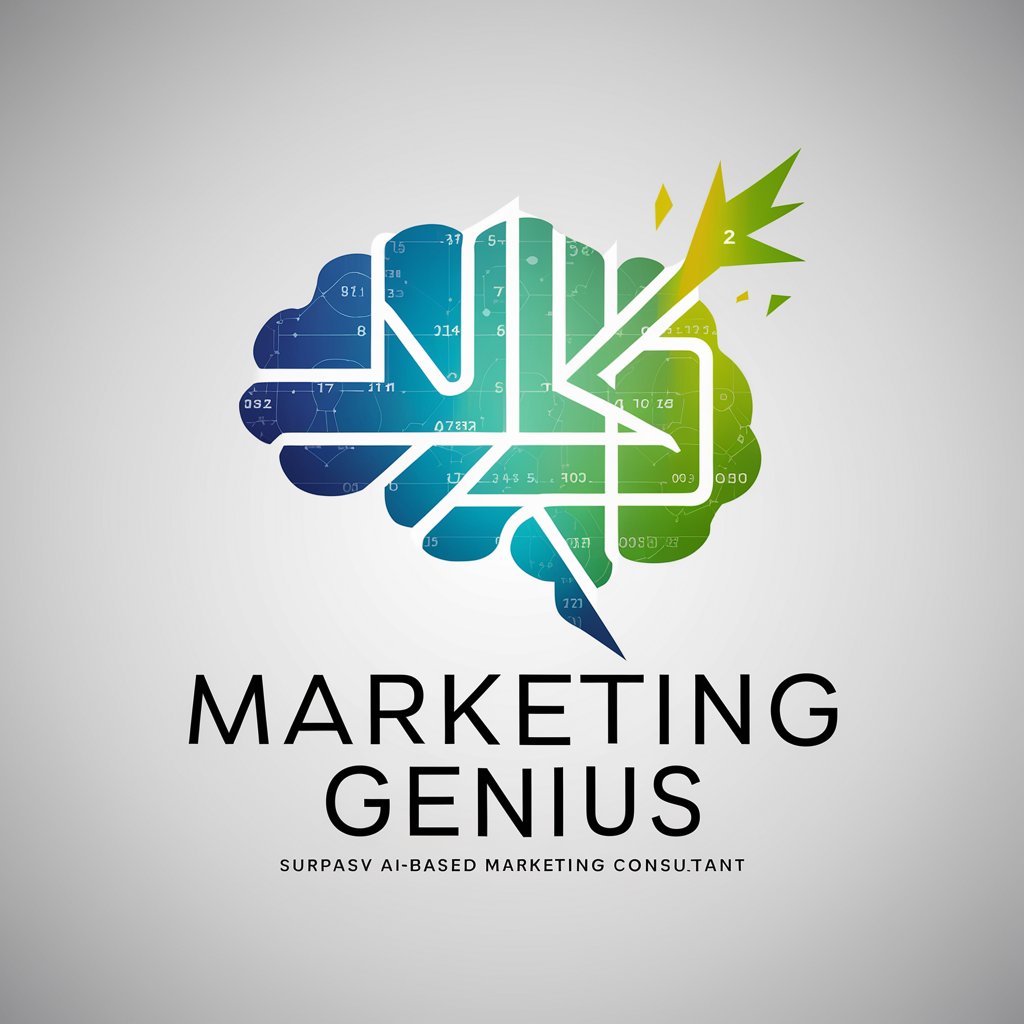
TOC Img
Transforming text into visual summaries.
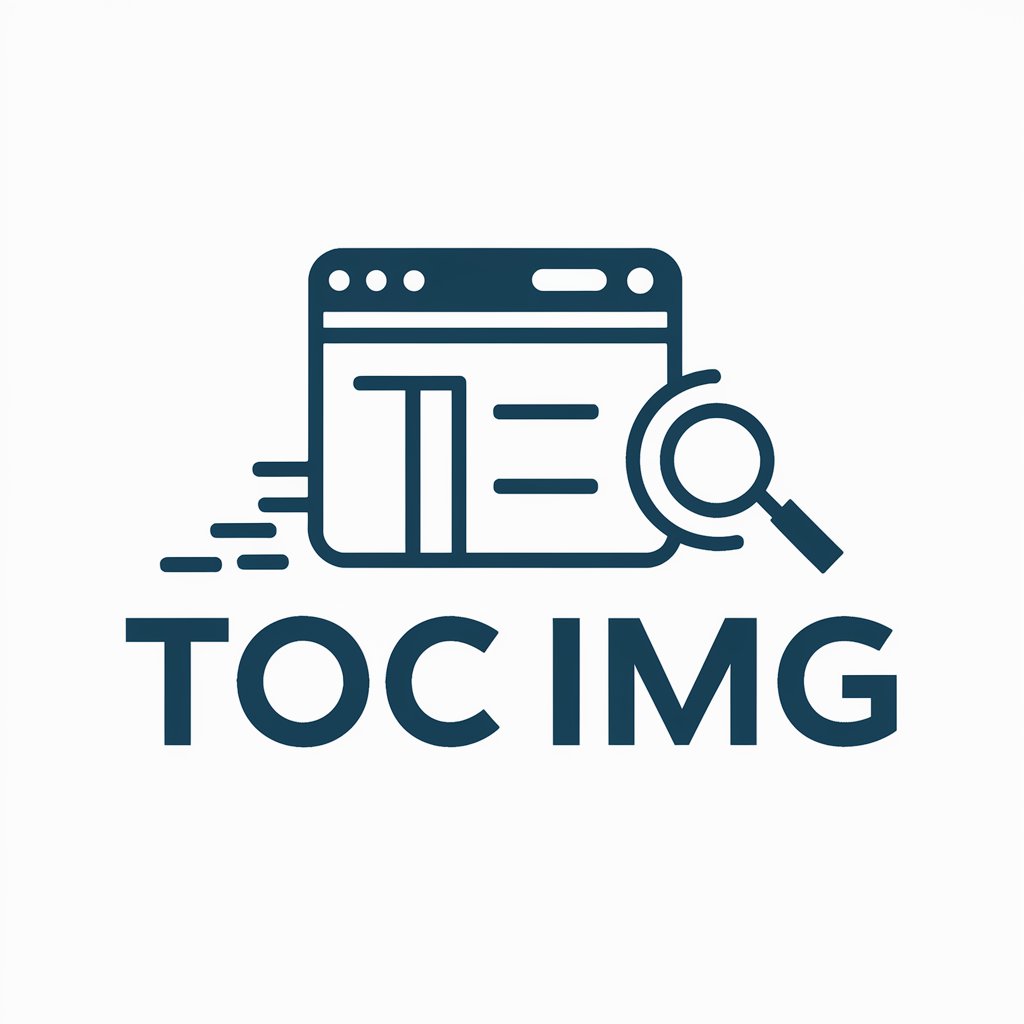
Meds Guide
Uncover medication secrets with AI humor

Flow Français
Craft your rhymes with AI precision.

ABOGADO KITTY
Empowering Your Legal Journey with AI

Reel Innovator
Elevate Your Reels with AI Creativity

Canine Advisor
Tailored advice for your dog's diet, powered by AI.

Nathalie meaning?
Empowering Your Queries with AI Insight
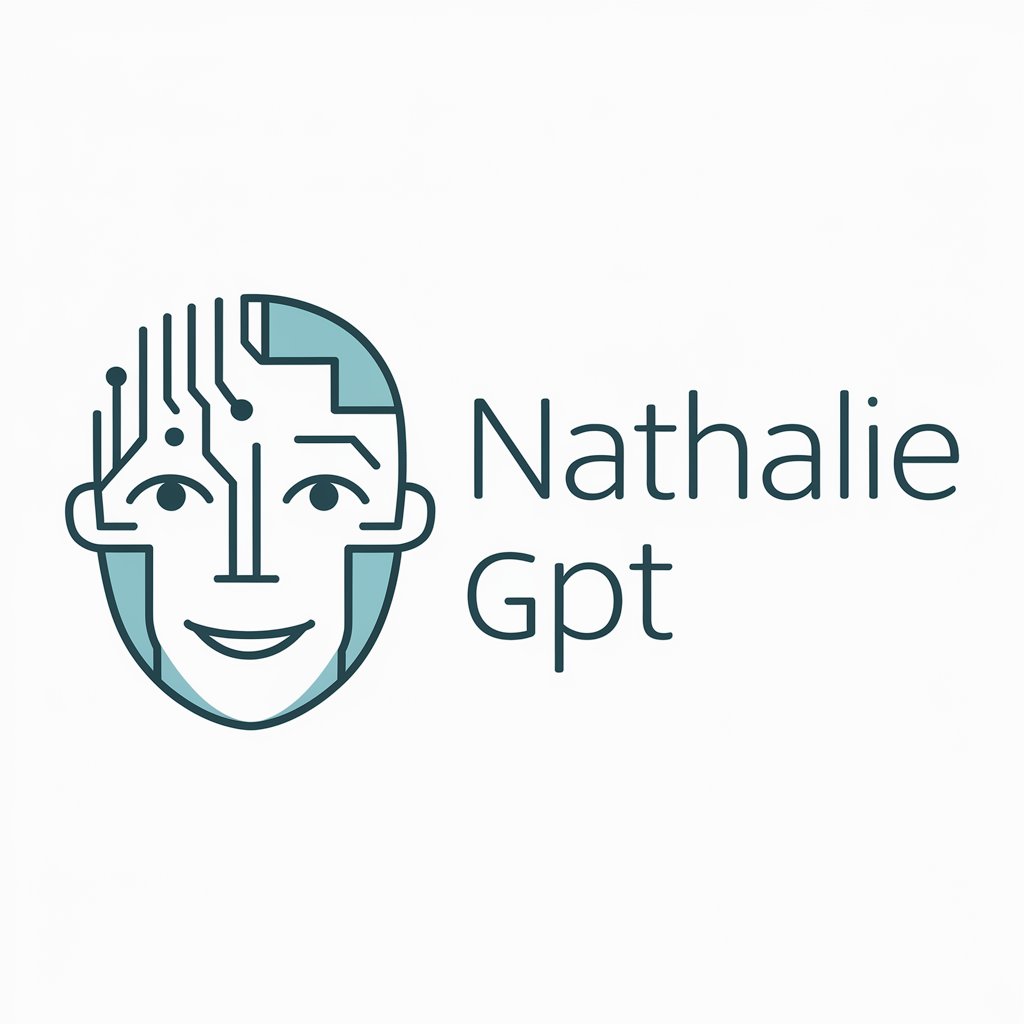
Frequently Asked Questions about MolOnSurf GPTs
What information does MolOnSurf GPTs provide?
MolOnSurf GPTs delivers detailed adsorption data, including adsorption energy, molecular structures, surface types, EZRS, and images depicting molecules' adsorption configurations on copper surfaces.
How accurate is the adsorption energy prediction by MolOnSurf GPTs?
MolOnSurf GPTs utilizes advanced computational models to predict adsorption energies with high precision, supporting research and industrial applications requiring detailed surface interaction analysis.
Can MolOnSurf GPTs predict adsorption on surfaces other than copper?
Currently, MolOnSurf GPTs specializes in adsorption data for copper surfaces. Expanding its capabilities to other surfaces may be considered based on future updates or user demand.
Is MolOnSurf GPTs suitable for educational purposes?
Absolutely. MolOnSurf GPTs serves as an excellent educational tool for students and researchers learning about molecular adsorption processes, offering real-world data and visualization.
How can I optimize my use of MolOnSurf GPTs for research?
To optimize research outcomes, users should prepare accurate SMILES notations of molecules, use the data in comparative studies of adsorption behaviors, and apply the insights to design experiments or develop new materials.
